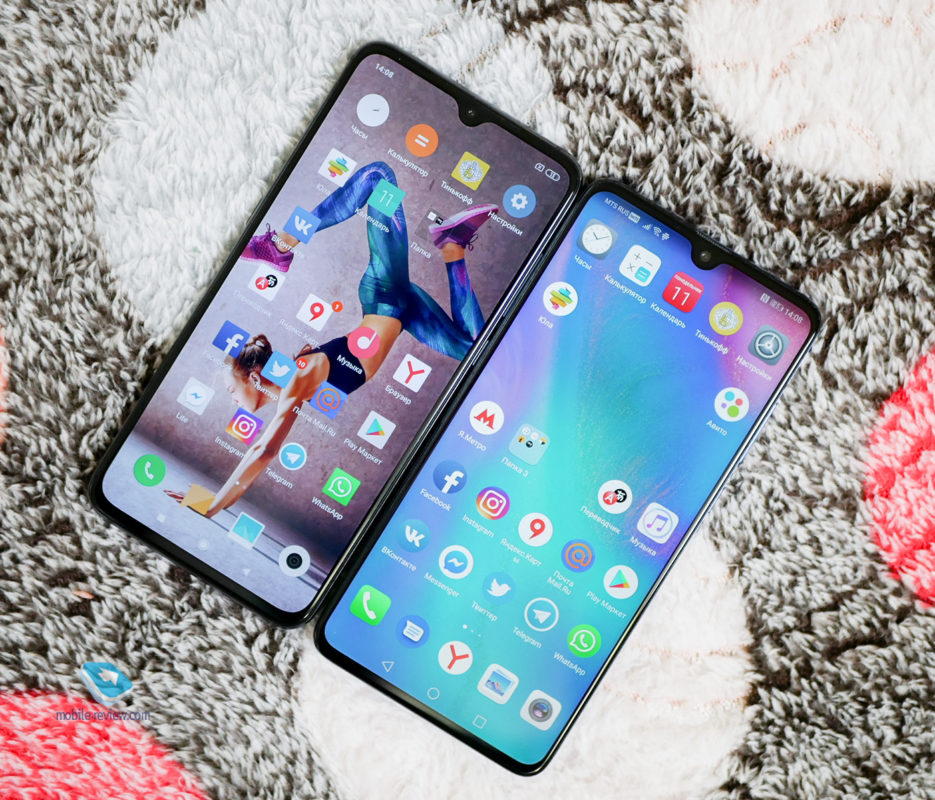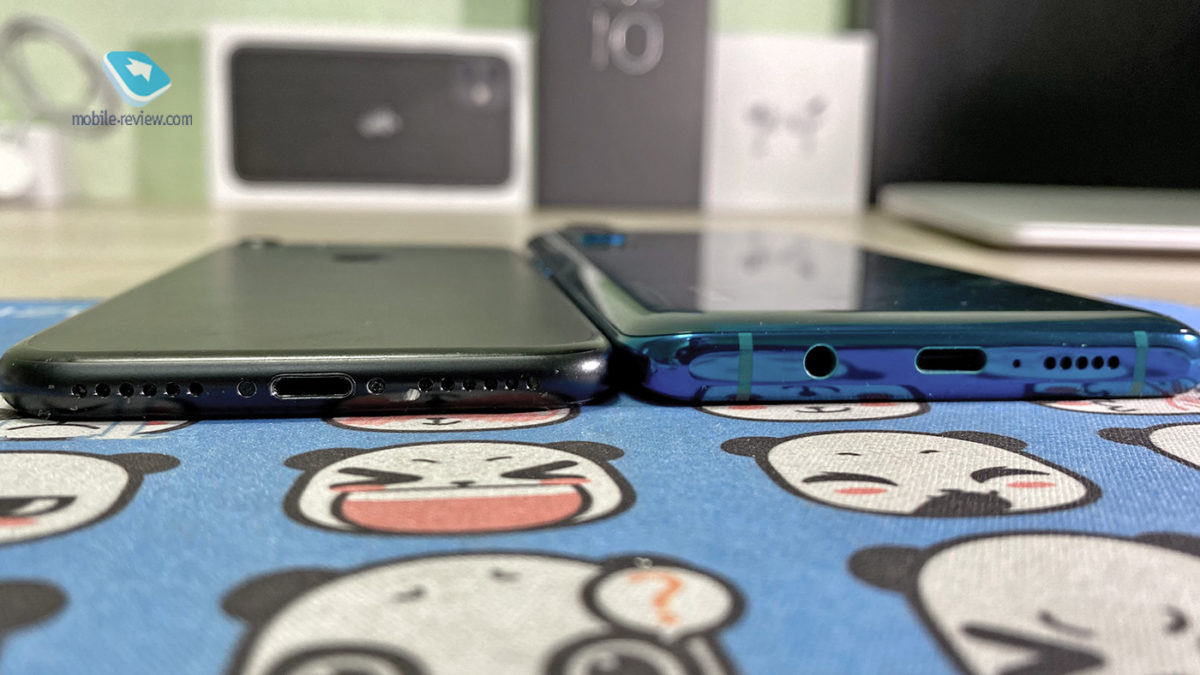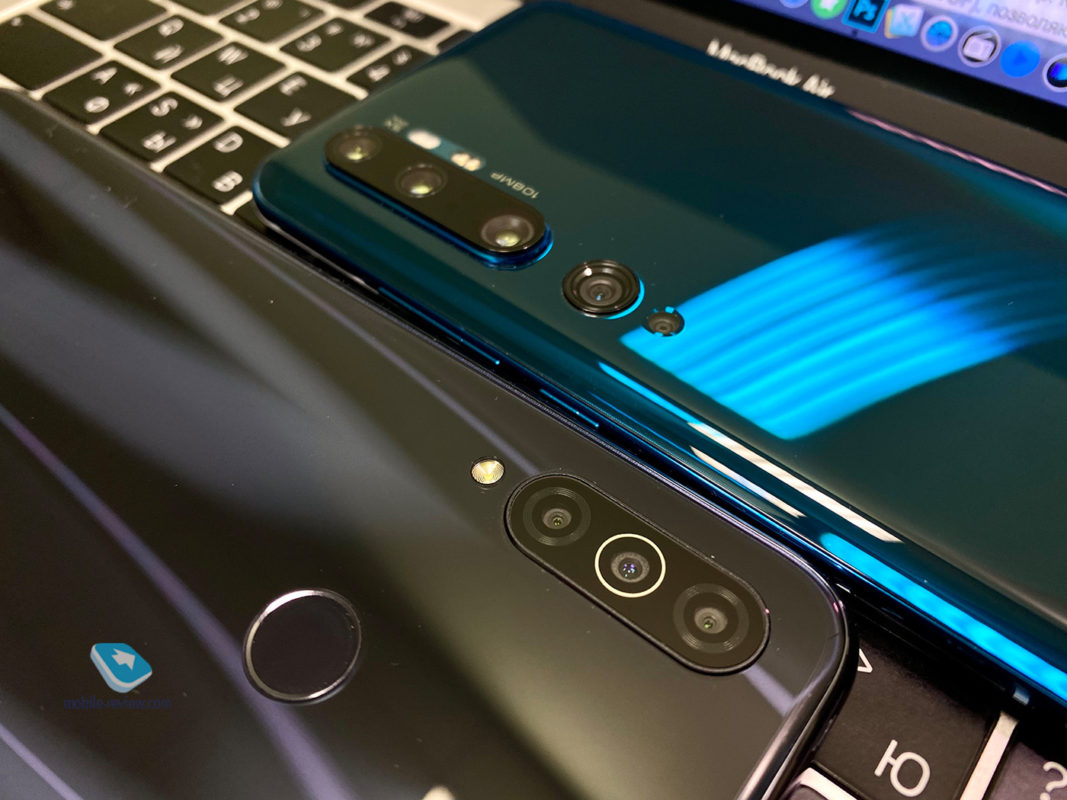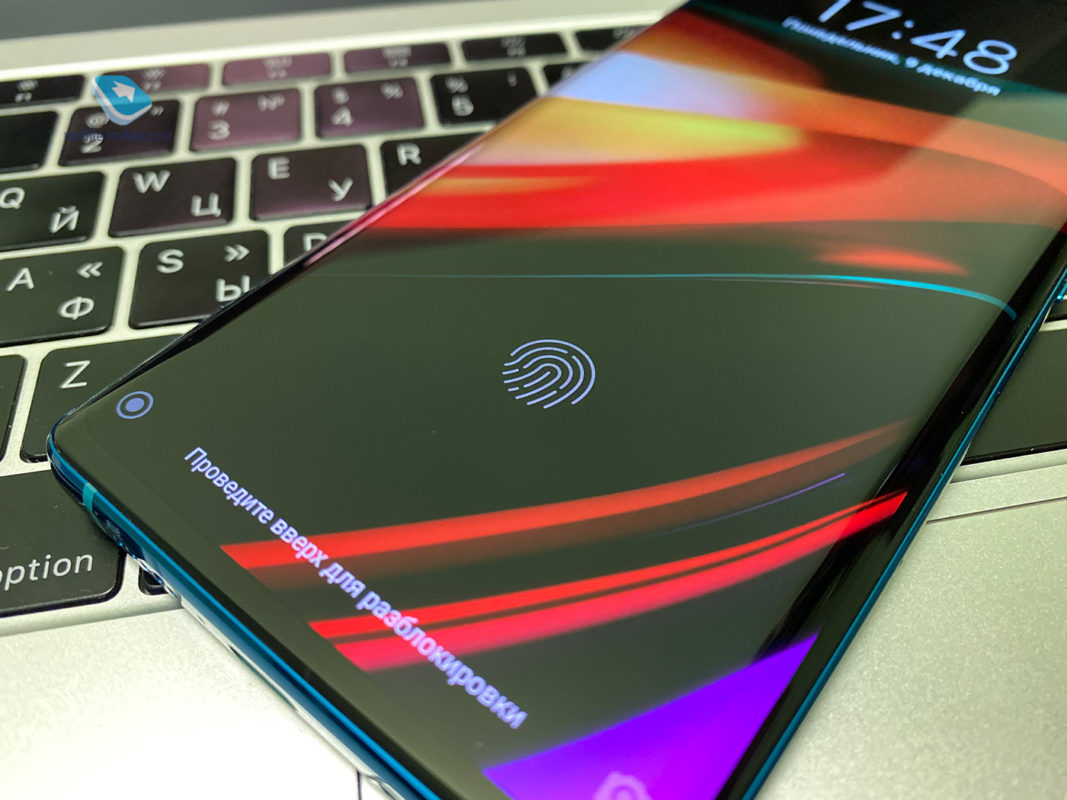Recently, an interesting thought came to my mind, which I will try to reveal in this material. Its general meaning is that in the highly competitive smartphone market, more and more attention is paid to marketing – companies are trying to attract attention, make themselves talk about, and even the weaknesses of devices are presented as innovation and progress.

At the same time, the end user has to put up with the trade-offs that flow from this marketing race. Therefore, today I propose to talk about five errors that regularly occur in new smartphone models.
Slim body and modest battery
This question was recently raised in a conversation by my friend – the owner of one of the not-so-recent flagships of OnePlus. He said that everything is fine in this device, but he would like a thicker case, because holding a thin 'shovel' without a case is simply inconvenient, and let the free space be occupied by a more capacious battery.

And it's true: in pursuit of aesthetics, one of the main practical characteristics suffers – battery life. Although one of the positive examples among the new products was Xiaomi Mi Note 10, which received a rather massive body. If we put most of the current devices next to it, then this one will look clearly 'fat', and this was immediately noted by colleagues in our working chat. However, two positive points and not a single negative result from this: Mi Note 10 feels great in the hand, and it is convenient to use it without a case, and the battery here is 5260 mAh. I hope this alignment will become more common, including among the flagships. In addition, the thickness of the smartphone is unlikely to surprise anyone even for marketing purposes, but the battery is still possible.
More cameras and less confusion
From the megapixel race, we gradually moved on to the number of cameras race. For some reason, companies put separate two-megapixel 'eyes' (not TOF), which allow separating the background from the object, although in addition to them there are the same 'shirik' or 'telephoto' that may well act in this role. This is pure marketing, to say that we have, conventionally, not two, but three cameras in a smartphone.

Another relatively new feature is macro lenses with a resolution of only 2 MP. They really allow you to take pictures with a minimum focal length, but if a smartphone has a 48-, 64- or 108-megapixel camera, then a macro lens makes no sense, since you can get a similar result by cropping a high-resolution image. Here is an example of a macro shot on Mi Note 10 and next to a crop of 108 MP photos on it.

Top – macro, bottom – crop from 108 MP image
And some smartphones combine two 'extra' low-resolution cameras at once to separate the background and macro, despite the fact that there is a 'shirik' and a main module for 40+ megapixels. So it turns out that only 2 cameras are really useful, but there are 4 of them – the marketer is satisfied.
In my opinion, manufacturers should focus on the quality of two, maximum three cameras and not waste resources on new records in their number.
Who got in the way of 3.5 mm?
A hackneyed topic, but, nevertheless, I can't help but mention it. At one time Apple made a bold decision and deprived iPhone of 7 mini-jacks. There are excellent marketers working in Cupertino, and I am more than sure that this decision was made only so that the lack of a familiar connector was actively discussed by the media, bloggers and users. At the same time, there was no practical sense in this. The disease was caught by all and sundry, either by really believing in saving free space inside the case, or by wanting to bite off a share of the marketing effect from Apple. But stupidity remained stupidity, and no one benefited from it.

I partly agree that in the wireless future, the 3.5mm jack will be a rudiment, but it hasn't come yet, and the mini-jack, no, no, it can be useful. For example, I was recently at an anniversary party, and the guests asked me to 'steer' the music a little, but I could not connect to the remote control, and none of the guests either – all had flagships without a mini-jack. And with this 'wireless' future, I gave away every wired headphone I had. But having recently bought an Xbox, I was faced with the fact that headphones are connected to it only with a wire to the controller – that's bad luck.
I am amuse myself with the hope that somewhere someone has already understood the whole stupidity of the situation and the mini-jack is gradually starting to return. Recently I met him in Vivo Nex 3 and in the same Xiaomi Mi Note 10.
In-display fingerprint scanner
A couple of years ago, manufacturers competed who would make the fastest and most accurate fingerprint scanner, and achieved excellent results – almost any dedicated fingerprint sensor began to work faster than you think. But then marketing and display-integrated fingerprint scanners burst into the market, killing all previous engineering efforts. I can say with confidence that any sub-screen fingerprint scanner today is a pain, just somewhere a little less, and somewhere a little more.

The main problem of the scanners integrated into the display is the low unlocking speed. The second problem is the accuracy of work and the percentage of correct responses. I'm sure that in the next year or two everything will be fine, but today, even in flagship devices, such scanners are much inferior to their dedicated counterparts. You pick up Honor 10, iPhone 8 or any Pixel 3a and you won't get overwhelmed by the unlocking speed. By the way, if we talk about the current current flagships, then I even managed to fall in love with Face ID in iPhone 11, which works imperceptibly for the user and much faster than subscreen scanners in all Android devices .
Necklines, holes, monobrows and beards
I regularly look at new items and think: how long will they 'mock' the displays? Maybe I'm such an ardent perfectionist, but I don't like the situation with 'frameless' screens. In pursuit of this framelessness, not all means are good, and even more strange are those smartphones that have side frames of the same size, on top – another, and below – a third. So also the keyhole on top is creepy.

If you choose from all the evils, then the least is observed in iPhone, since there all the frames are symmetrical and only the neckline stands out, in Xiaomi Mi 9T (Pro), since there is a neat 'beard' and the rest of the frames are symmetrical, and Vivo Nex 3 due to the thinnest frames (albeit asymmetrical) above and below and the actual absence of side frames. Everything else is mostly perfectionist hell. Therefore, I am really looking forward to when smartphones will stop being marketing freaks.
Conclusion
Today I tried to list all my claims to modern smartphones arising from the marketing aspirations of manufacturers, and I would be interested if you add your examples to this list. Or maybe argue with me about the ones listed here.
